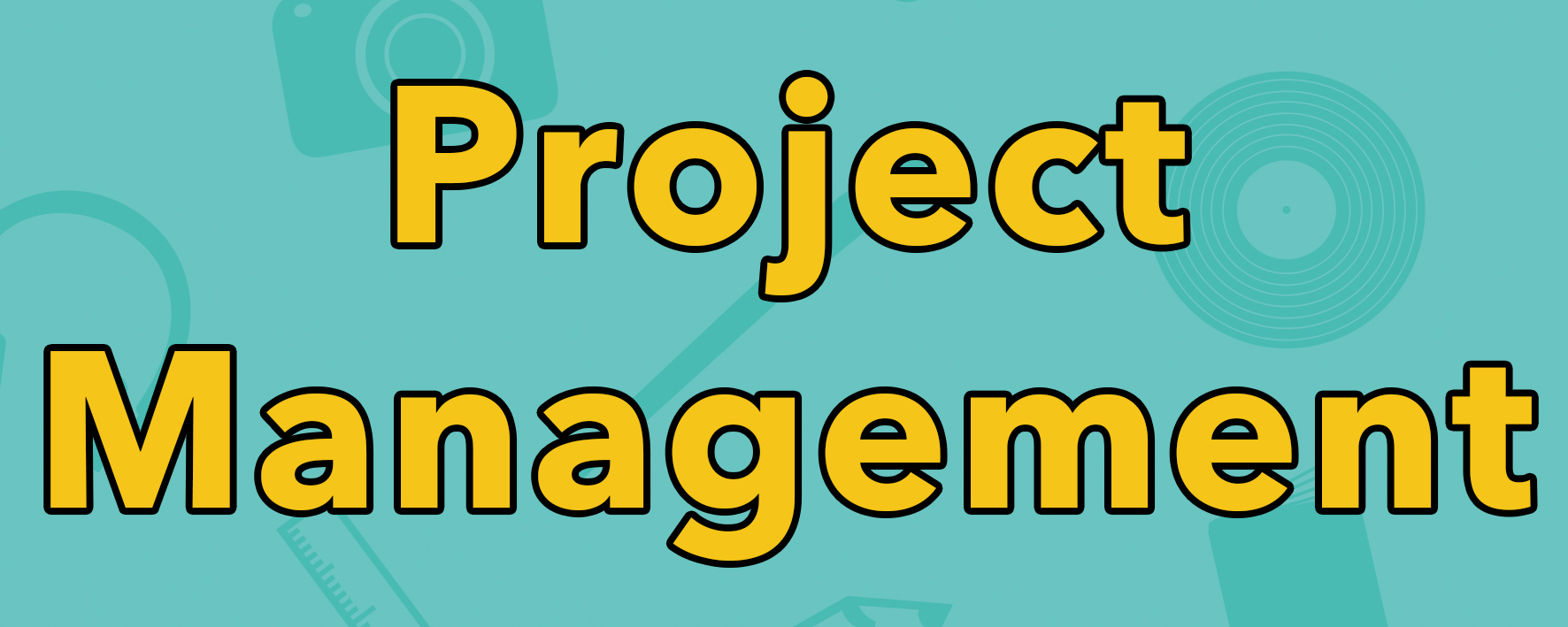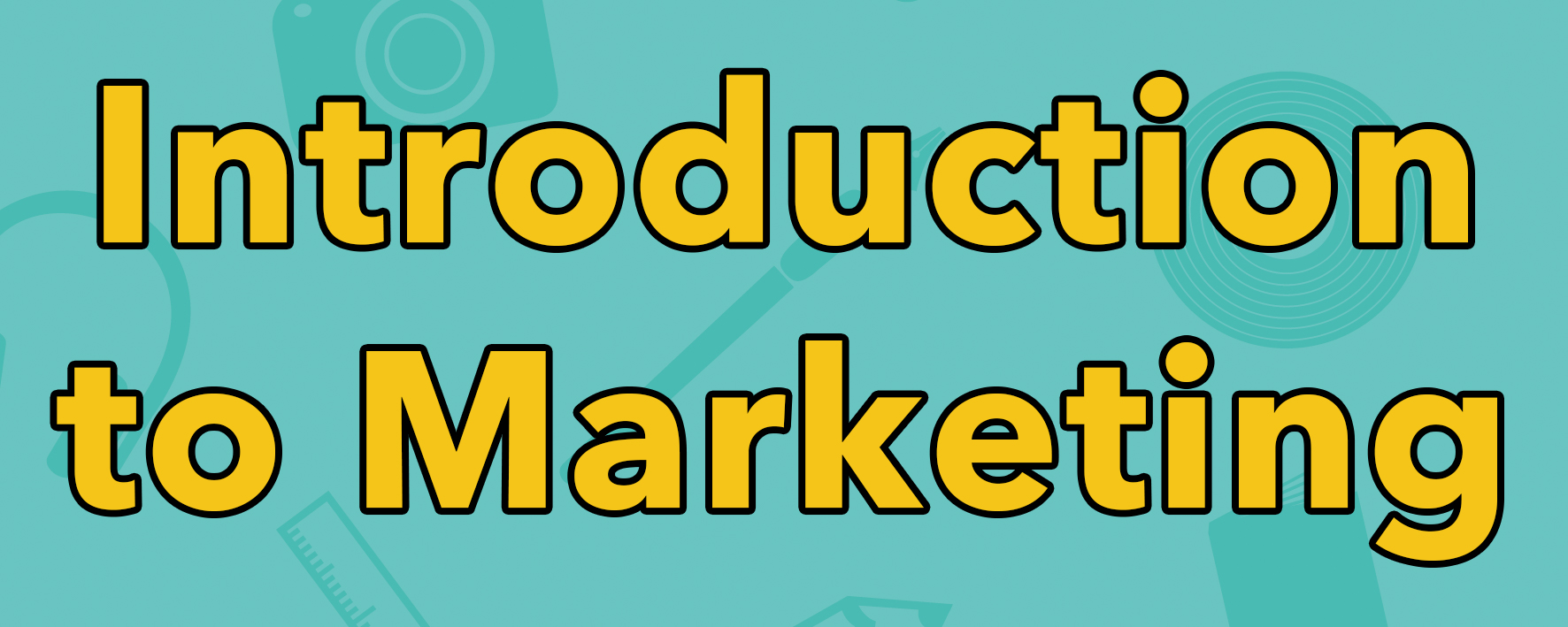Business Planning
Having a solid plan from the outset will help you to overcome future obstacles and allow you to concentrate on being creative, rather than sweating the small stuff.
A business plan is essentially an internal document that holds all necessary and important information about your practice; such as your ABN, mission statement and goals, target market, finances, timelines and so on. It is a document that you will be constantly referring to, and unless you are looking for business partners or are applying for a loan it doesn’t have to be too formal.
What goes into a business plan?
You may wish to include the following items in your business plan:
Summary
Include information such as your business name, ABN and date established, a brief description of the product or service, your business vision, goals and objectives.
Target Markets
In this section, include descriptions of your key markets. This may take into account demographic information such as age, location, purchasing behaviours and interests.
Competitors
This should list your key indirect and direct competitor groups and should highlight why they are competing for the same resources as you.
Market Analysis
Consider your internal and external business environments. What are your strengths? Where do your weaknesses lie? What opportunities do you have? What might threaten your success?
Goals and Strategies
Set your short term and long term goals and the strategies you might use to achieve these.
Finances
What is your projected income? Where do your expenses lie? Outline your financial position.
Identifying target markets
It’s extremely important to be able to recognise who is going to purchase or consume your goods or services. You will be interacting with your target market/s regularly and therefore you must be able to tailor your business to cater to their needs.
You might find that you have several market segments, but make sure you can identify which of these is most important to your business. If you can identify one or two core market segments, and a few secondary segments it will be a lot easier for you to create your business plan.
For example, Propel Youth Arts WA’s primary market is young and emerging artists aged 12-25. We also have secondary market segments such as arts workers and arts organisations who we interact with, but do not serve directly.
It is important to be able to clearly describe the markets you cater to. Listing each segment and their key attributes will act as a great reference guide when you need to make decisions down the track. Be as specific as possible and include as much demographic information as you can, such as; age, living arrangements, gender, interests, purchasing behaviours, marital status, location and anything else you deem to be important. It can be helpful to create a list of adjectives describing each segment to help you figure out who they are.
Example market description:
Propel Youth Arts WA caters for young and emerging artists aged 12-25 living in Western Australia. They are creative, communication savvy and looking for support, guidance and opportunities to engage in the arts industry.
Identifying key competitors
Competition can come in a variety of forms so it is important to be able to identify groups or businesses that could be a threat to your business’ success.
Direct competitors
Direct competitors are those providing the same or similar goods or services as what you are. For example, if you are producing a theatre production, your direct competitors will be other theatre shows happening at the same time as yours.
Indirect Competitors
Indirect competitors are those goods and services who are vying for the time and/or money of your target markets. They can be thought of as alternatives to your products; and could be anything users may consume instead your goods or services. For example, the indirect competition to a theatre production could be other entertainment activities such watching a movie or going out to dinner.
It’s a good idea to think about and write in your business plan who the direct and indirect competitors are that may affect your business. Once you have figured out who your competitors are, you can then work towards differentiating your business from the pack through developing creative marketing strategies.
Market analysis
A SWOT Analysis is often used to identify key strengths, weaknesses, opportunities and threats in the internal and external business environments. Evaluating these key areas will help you to develop clear goals and objectives.
Strengths
Strengths are facets of your arts practice you believe are the strongest or which provide an advantage to you in the marketplace. For example, a strength may be that you have a loyal customer base.
Weaknesses
Weaknesses are shortcomings that you believe could put you at a disadvantage in the marketplace. For example, a weakness may be that you rely heavily on grant funding to continue your arts practice.
Opportunities
Opportunities in the external environment which could potentially better your arts practice. For example, you may have the opportunity to collaborate with artists from other disciplines to create new works.
Threats
Threats are any external dangers that could impact upon the success of your practice. For example, a threat may be that you will not receive any grant funding to help support your practice.
Once you have identified the strengths, weaknesses, opportunities and threats that will affect your organisational success you can use this information to plan for the future and set objectives for yourself. By doing this analysis you can find advantages by pairing strengths with opportunities or turn your weaknesses and threats into strengths and opportunities.
Setting goals
Setting goals is so important for your arts practice. They will help you focus on important tasks, and will assist you in ensuring your venture is heading in the right direction.
When setting goals, you should consider both the short and long term prospects of your enterprise. You will have some goals to achieve in a matter of weeks and others to be achieved years down the track. Setting smaller goals now will put you on course to achieving those larger goals in the future. Clearly understanding what your objectives are will help you to direct your resources so that you can manage your time and make your business more productive.
Ensure you also consider your target market, competitors, strengths, weaknesses, opportunities and threats when establishing goals. Having this information readily available will guarantee you create goals with both your internal and external business environment in mind.
Creating SMART goals
The following criteria outlining goal setting is widely used in all facets of business, and will ensure that you set high and successful goals.
Specific
Make sure your goals outline who is affected, what it aims to achieve, when it will happen, where it will happen and how it will happen.
Measurable
Establish how you will measure the progress of your goals, track your progress and be sure to use units of measurement wherever possible.
Achievable
Consider the resources you have available (funds, manpower, time). Are your goals attainable given the available resources? If you have a big project that you striving towards, try to break it down into smaller, more manageable goals.
Realistic
A goal that is achievable must also be realistic. Are you actually willing and able to reach this goal? Make sure your goals are challenging enough to make a difference to your practice, but not so difficult that you think it is impossible to achieve.
Time specific
Your goals must always have a time frame. This will ensure you stay on track to achieve them.
Example of a SMART goal:
By launching our online shop, we will increase t-shirt sales by 10% between March and September 2019.
It includes specific activities, is achievable, realistic, is expected to be achieved in a certain time frame and it is measurable (sales figures).
Creating timelines
Once you have a handle on both the short and long-term goals, putting together a timeline to help you achieve them and stay on track is a good idea. A realistic timeline will help you stay motivated and will also minimise your risk. Whilst you can’t plan for everything, having a clear vision for your project will make sure you are one step ahead!
As you move forward it’s important to be flexible with the goals you have set. Make sure you revise your goals at least once or twice per year to ensure you are on track to achieve your bigger aspirations. Don’t be afraid to modify your goals if your business environment changes; a creative enterprise will inevitably shift and grow. Allowing these changes to occur without losing sight of why you started or where you want to end up is exactly what good planning will allow you to do. Add to your plan over time – it is a living document and will help you map out the future of a sustainable, fulfilling and (hopefully!) enjoyable creative business or project.
A good way to organise your time is to develop a Gantt chart. A Gantt chart is a chart showing a task list, who is responsible, and when it is due. The example below shows a simplified Gantt chart for an event. When you are creating your own you are likely to have a much more comprehensive task list over a greater period of time.
Financials
A brief description of your finances, including expected income and projected expenditure should also be included in your Business Plan.















